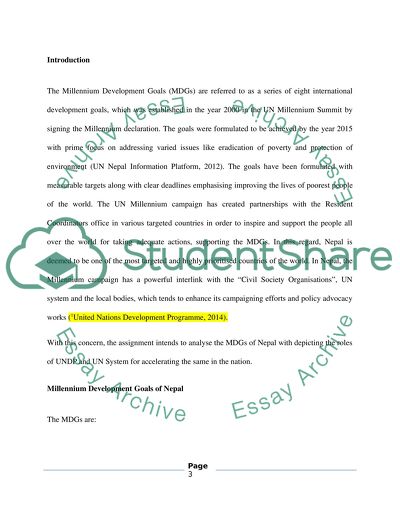Cite this document
(“The Millennium Development Goals of Nepal Assignment”, n.d.)
Retrieved from https://studentshare.org/health-sciences-medicine/1679027-the-millennium-development-goals-of-nepal
Retrieved from https://studentshare.org/health-sciences-medicine/1679027-the-millennium-development-goals-of-nepal
(The Millennium Development Goals of Nepal Assignment)
https://studentshare.org/health-sciences-medicine/1679027-the-millennium-development-goals-of-nepal.
https://studentshare.org/health-sciences-medicine/1679027-the-millennium-development-goals-of-nepal.
“The Millennium Development Goals of Nepal Assignment”, n.d. https://studentshare.org/health-sciences-medicine/1679027-the-millennium-development-goals-of-nepal.


